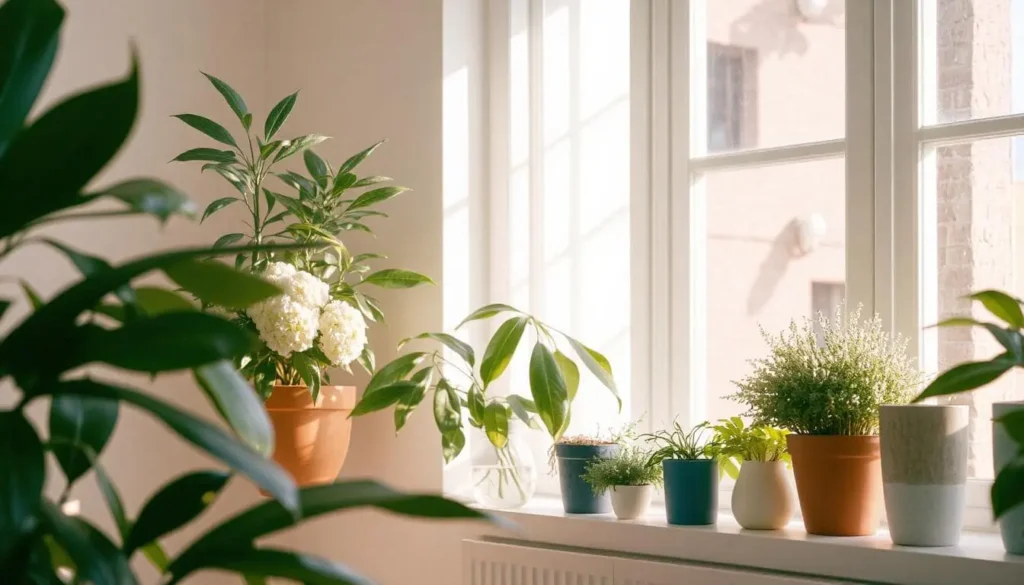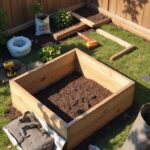Embarking on the journey of indoor gardening is both rewarding and accessible, even for those new to the practice. Cultivating plants indoors not only enhances your living space aesthetically but also contributes to improved air quality and provides a source of fresh produce year-round. This comprehensive guide will walk you through the essential steps to successfully start your indoor garden, ensuring a thriving green sanctuary within your home.
1. Determine Your Indoor Garden’s Purpose
Before diving into the specifics, it’s important to clarify your goals. Are you interested in growing herbs for cooking, cultivating decorative houseplants, or producing fresh vegetables? Understanding your objectives will guide your decisions regarding plant selection, space allocation, and required resources.
Real-Life Example: Emily, a culinary enthusiast living in an apartment, started an indoor herb garden to have fresh basil, parsley, and mint readily available for her recipes.
2. Select the Ideal Location
Choosing the right spot for your indoor garden is crucial. Most plants require adequate light to thrive. Identify areas in your home that receive sufficient natural light, such as south or west-facing windows. If natural light is limited, consider investing in artificial grow lights to supplement.
Expert Insight: According to The Home Depot, placing your indoor garden near a south or west-facing window maximizes sun exposure, which is beneficial for plant growth.
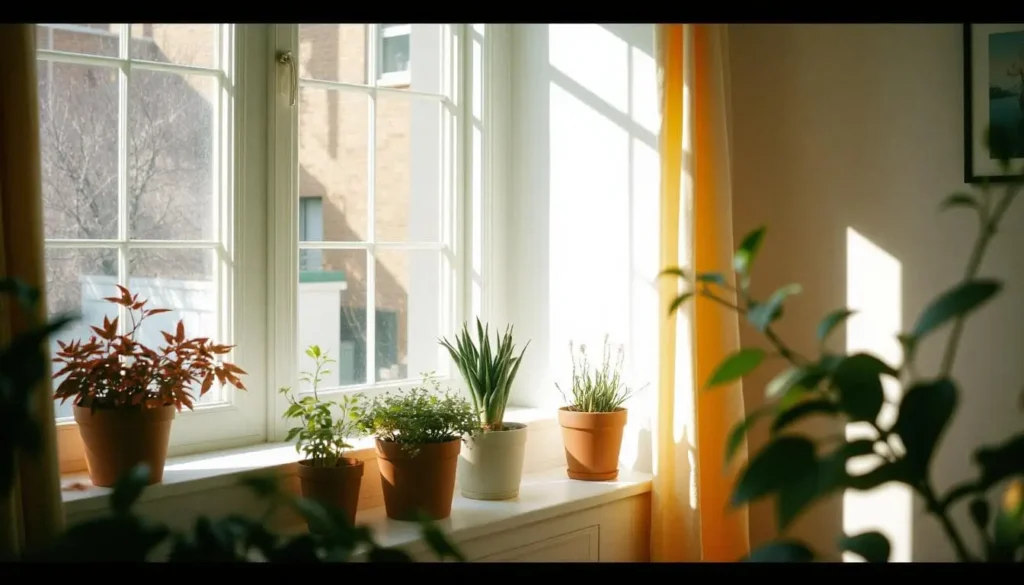
3. Choose the Right Type of Indoor Garden
Depending on your goals and available space, select the type of indoor garden that suits you best:
- Container Gardening: Ideal for small spaces, using pots or containers to grow individual plants.
- Vertical Gardening: Utilizes vertical space with shelves or hanging planters, perfect for limited floor areas.
- Hydroponic Systems: Soil-less growing method using nutrient-rich water solutions, suitable for advanced gardeners seeking higher yields.
Real-Life Example: Mark transformed a blank kitchen wall into a vertical herb garden using hanging planters, providing fresh herbs without sacrificing counter space.
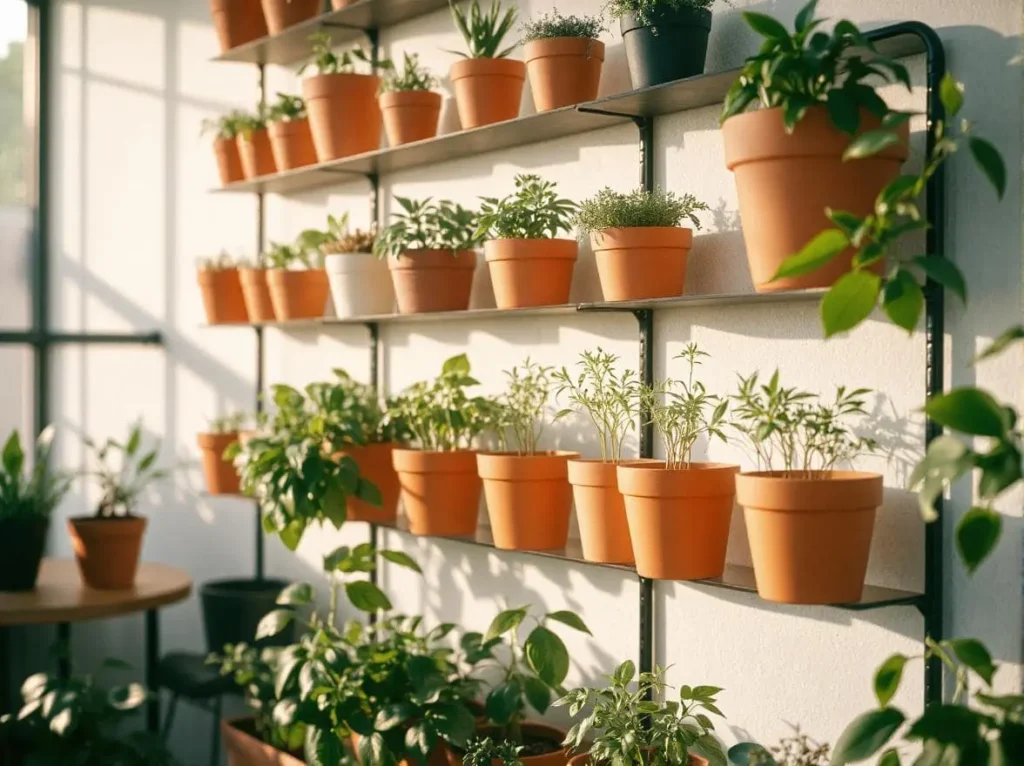
4. Select Suitable Plants
Choose plants that align with your indoor environment and gardening goals. For beginners, consider these options:
- Herbs: Basil, parsley, mint, and chives thrive indoors and are useful in cooking.
- Leafy Greens: Lettuce, spinach, and kale grow well in containers with adequate light.
- Houseplants: Pothos, snake plants, and peace lilies are low-maintenance and improve indoor air quality.
Expert Insight: Architectural Digest suggests that herbs like chives, parsley, oregano, mint, rosemary, sage, and thyme are well-suited for indoor gardens due to their adaptability and culinary uses.
5. Gather Necessary Supplies
Equip yourself with the following essentials:
- Containers: Pots with drainage holes to prevent waterlogging.
- Soil: High-quality potting mix appropriate for your chosen plants.
- Lighting: Grow lights if natural light is insufficient.
- Watering Tools: A watering can with a narrow spout for precise watering.
- Fertilizer: Balanced, water-soluble fertilizer to provide necessary nutrients.
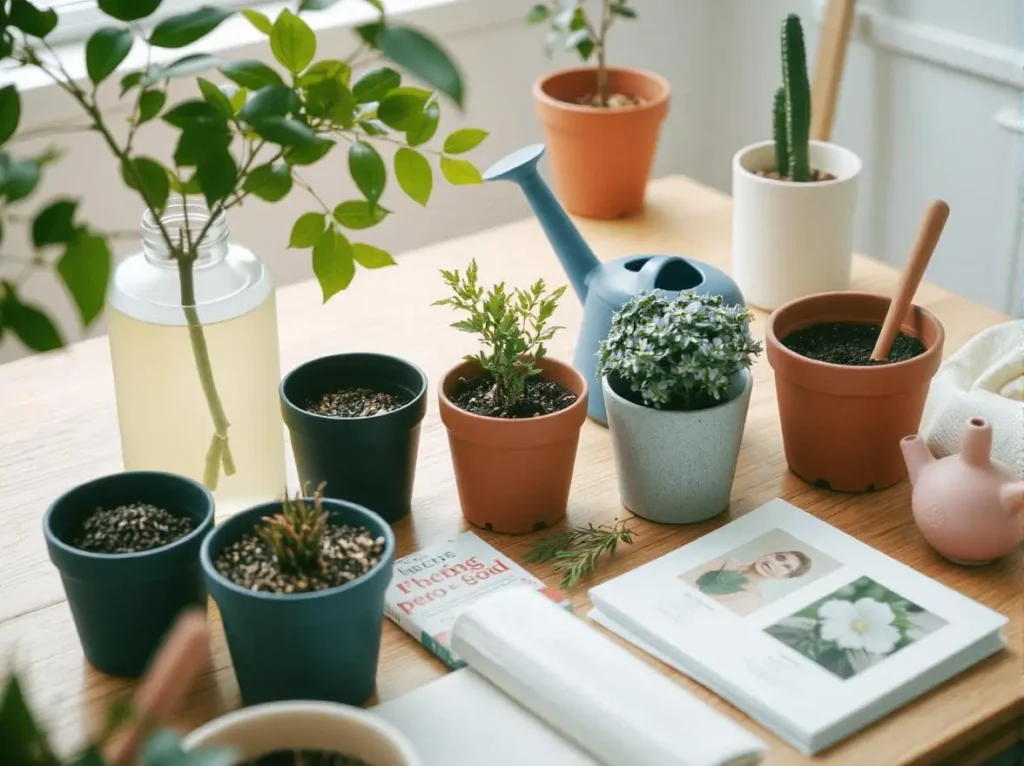
6. Planting Your Indoor Garden
Follow these steps to establish your indoor garden:
- Prepare Containers: Fill pots with the potting mix, leaving about an inch below the rim.
- Sow Seeds or Transplants: Plant seeds at the recommended depth or place transplants into the soil, firming gently around the base.
- Watering: Moisten the soil thoroughly after planting, ensuring even distribution without waterlogging.
- Placement: Position the containers in their designated spots, considering light and temperature requirements.
7. Care and Maintenance
Regular maintenance is key to a thriving indoor garden:
- Watering: Keep the soil consistently moist but not soggy; overwatering can lead to root rot.
- Lighting: Ensure plants receive adequate light; adjust placement or lighting as needed.
- Fertilizing: Apply fertilizer according to the manufacturer’s instructions, typically every 4-6 weeks.
- Pruning: Remove dead or yellowing leaves to promote healthy growth and prevent disease.
Expert Insight: The Home Depot emphasizes the importance of placing plants in appropriate locations, monitoring their health, and adjusting care routines to ensure indoor plants thrive.
